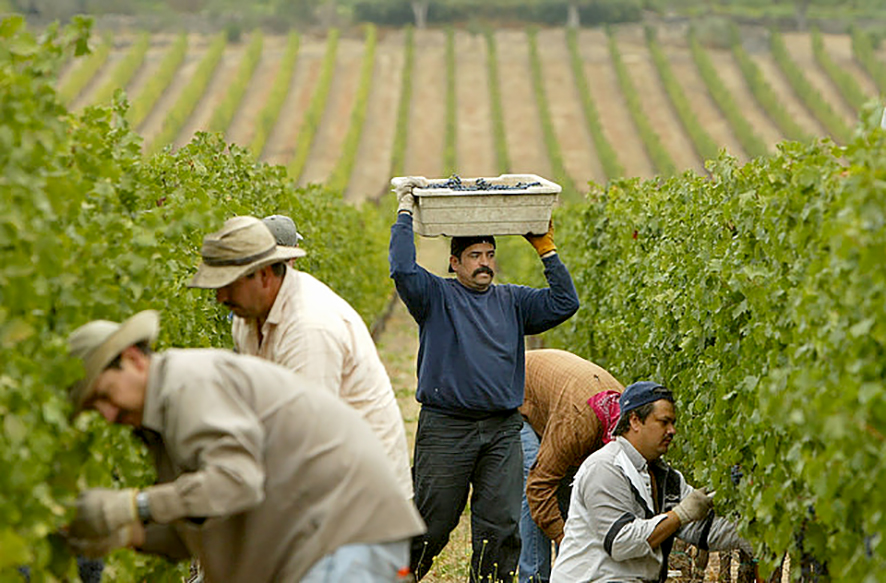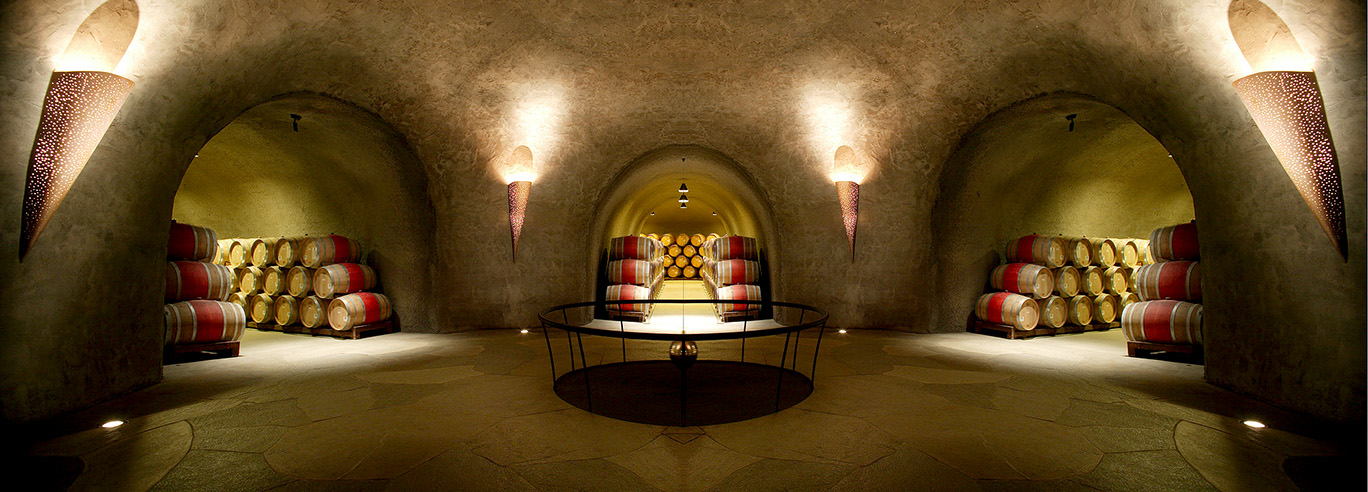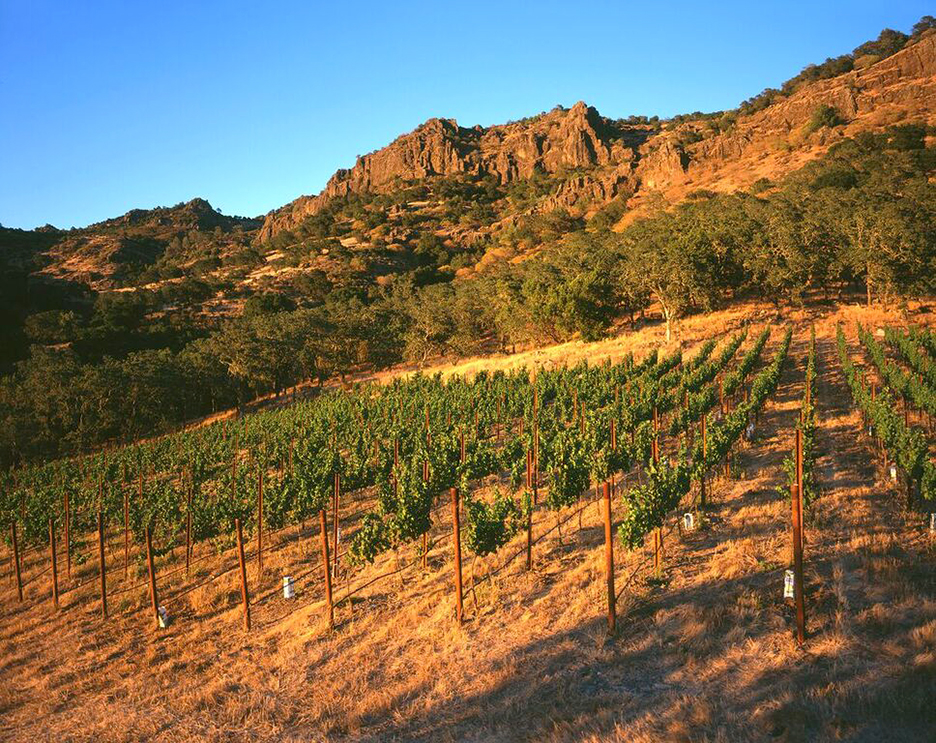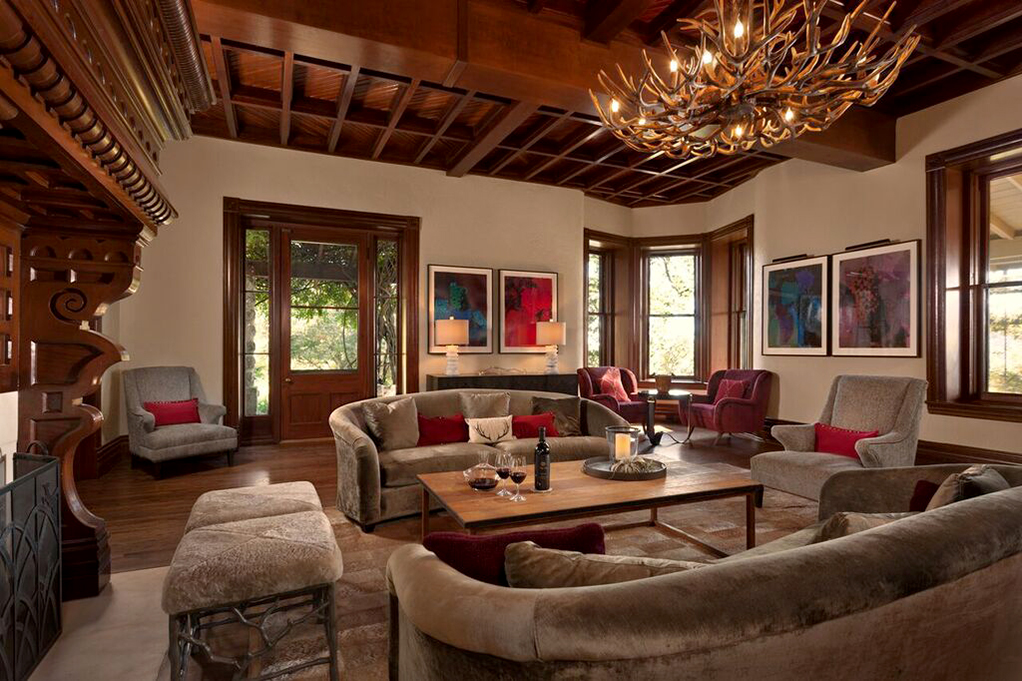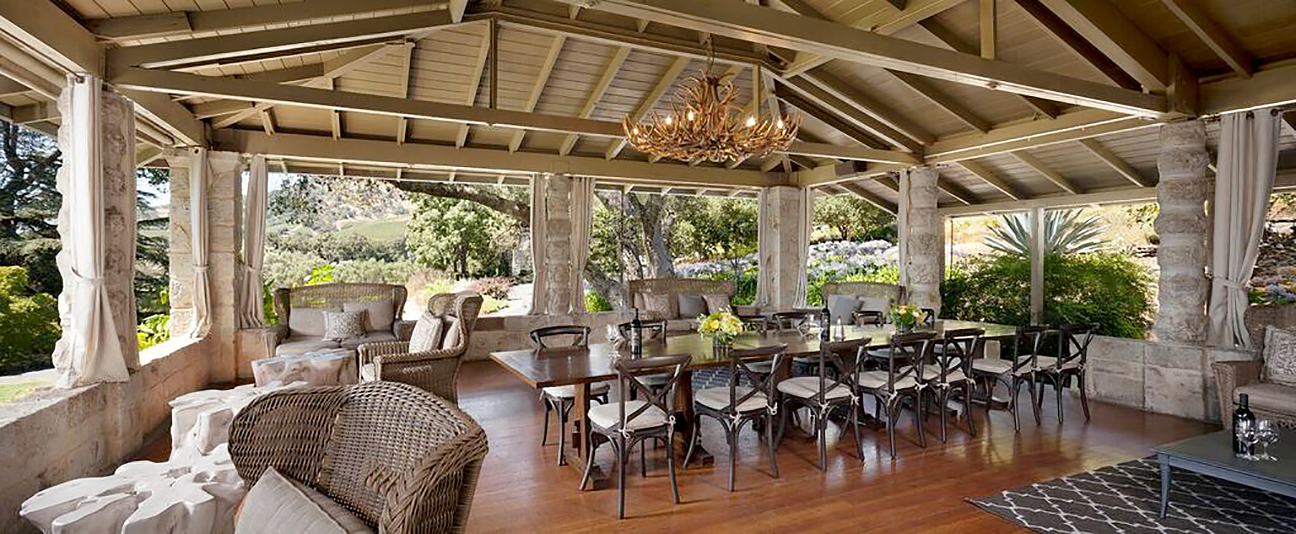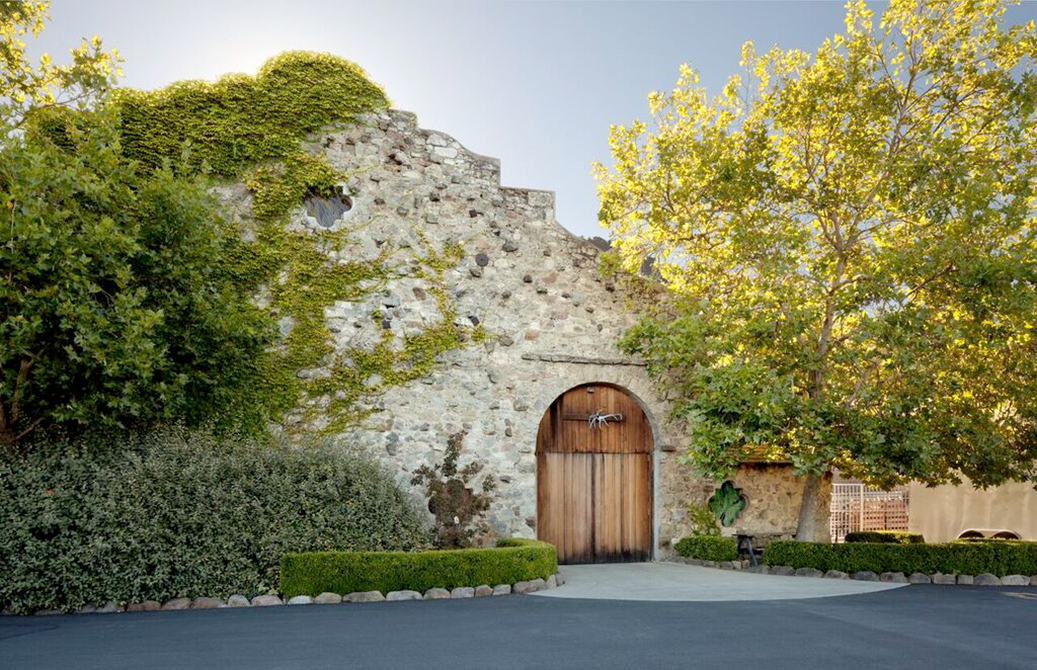Deep ruby color; black cherry, plum, blackberry, black raspberry, mixed-berry compote, mocha, forest floor, lavender, violets on the nose and palate.
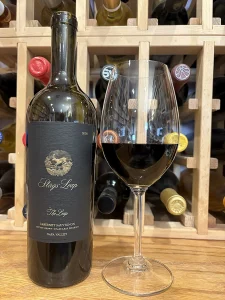
Dry; firm, ripe tannins; balancing acidity. Full body, plush mouthfeel, smooth, round. The 2020 vintage was a challenge because of Covid 19, drought, cool mild spring and early summer, followed by heat spikes in August and September that also included wildfires and smoke taint. Result was significant drop in production—Napa cab production down 43%. Stags’ Leap handled it well, judging by this effort. It is not on a par with highs The Leap can achieve, but it is a nice effort nonetheless. Blend of 92% cabernet sauvignon, 4% petite sirah, 3% malbec, 1% merlot. 14.6% ABV
Stags’ Leap is one of California’s oldest wineries. Horace Chase partnered with his uncle, W.W. Thompson, to found the estate on land where grapes has been planted by T.L. Grigsby in the 1880s. The manor house was built in 1890 and the first vintage was produced in 1893. The Chase family got the Stags Leap name from a native Wappo legend of a stag leaping to escape Native American hunters.
The mountains behind the property on the eastern side are known as the Stags Leap Palisades. While wine production was interrupted for extended periods—especially during Prohibition—wine grapes have been grown on the property continuously since its founding some 140 years ago.
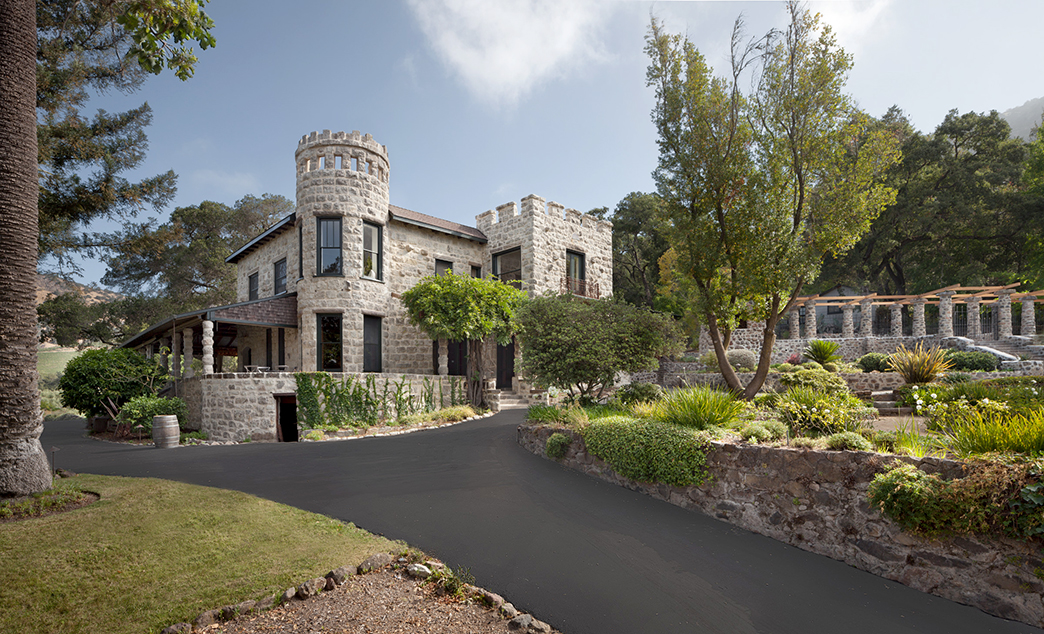

The website notes: “Cabernet Sauvignon is synonymous with Napa Valley and has always been a mainstay in the winemaking program at Stags’ Leap Winery. The Leap is sourced from select Cabernet Sauvignon blocks within our Stags’ Leap Winery estate vineyard that are twenty-five years old, on average. This singular expanse of earth tucked up against the eastern palisades of Napa Valley features thin, rocky soils in its upper reaches, giving way to finer-grained loamy soils at its floor. The heat-reflecting palisades, with their towering rocky crags, provide consistent warmth over the estate and help balance the cooling breezes from the south. This pronounced micro-climate is remarkably well-suited to growing Cabernet Sauvignon grapes of distinction.”
After 64 years of non-wine making (while still growing wine grapes for others), Carl Doumani resumed wine production at Stags’ Leap in 1972. In 2009, Christophe Paubert joined Stags’ Leap as head winemaker. He hailed from Bordeaux and worked at the world-famous Château d’Yquem before joining Stags’ Leap.
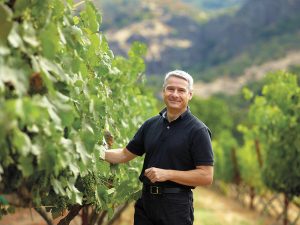
Cabs from the Stags Leap District can be so powerful and rich that they are one-dimensional—massive red fruits that are like the loudest extrovert at a party. Entertaining, but too intense for extended enjoyment. Like a talented bronco buster, Paubert demonstrates his skill at coaxing wines into nuances of civility while preserving the spirit and harnessing the power. This is an example. It is an easy to enjoy pour.
Today, Stags’ Leap is owned by Treasury Wine Estates, a major international player, making wine in 12 countries, selling more than 35 million cases of wine a year, generating sales of more than $2 billion. Labels you may recognize beyond Stags’ Leap include Sterling Vineyards, Beaulieu Vineyard, Beringer, Chateau St. Jean, Greg Norman Estates, Lindeman’s, Wolf Blass, and Treasury’s flagship—Penfolds.
Stags’ Leap Winery The Leap Cabernet Sauvignon Estate Grown Stags Leap District 2020 upholds its premium reputation in spite of particularly difficult Napa vintage. While some 2020 Napa cabs tilted toward rustic or overripe, The Leap practiced restraint through adroit vineyard management and rigorous fruit selection. Rich, dense, very smooth. Not as age-worthy as previous offerings, but smoothly delicious now and for the next several years. $95-120
Pairing—Grilled and roasted steaks, ribeye, filet mignon, New York strip, porterhouse; braised short ribs. Roasted lamb with herbs, lamb chops. Roasted duck with blackberry reduction, venison, wild boar, bison. Mushroom risotto with truffle oil. Cheese—Aged cheddar, aged manchego, pecorino toscano, aged gouda, emmental. Avoid young, soft cheeses, pungent blue cheeses.
